Published by Trinity University Press
San Antonio, Texas 78212
Copyright 2004 by Char Miller
All rights reserved. No part of this book may be reproduced in any form or by any electronic or mechanical means, including information storage and retrieval systems, without permission in writing from the publisher.
Cover design by David Timmons
Book design by BookMatters, Berkeley

The paper used in this publication meets the minimum requirements of the American National Standard for Information SciencesPermanence of Paper for Printed Library Materials, ANSI Z39.48-1992.
LIBRARY OF CONGRESS CATALOGING-IN-PUBLICATION DATA
Miller, Char, 1951
Deep in the heart of San Antonio :
land and life in South Texas / Char Miller.
p. cm.
Includes index.
ISBN 978-1-5953-4121-1
1. San Antonio (Tex.)History.
2. San Antonio (Tex.)Environmental conditions.
3. San Antonio (Tex.)Description and travel.
4. San Antonio (Tex.)Politics and government.
5. San Antonio Region (Tex.)History.
6. San Antonio Region (Tex.)Environmental conditions.
7. San Antonio Region (Tex.)Description and travel.
8. San Antonio Region (Tex.)Politics and government.
I. Title.
F394.S1157M55 2004
976.4'351-dc22 2004008914
04 05 06 07 08 / 5 4 3 2 1
Many years ago, while swimming in an outdoor pool in Port Aransas, Texas, my wife and I struck up a conversation with a young girl from The Netherlands who was vacationing at the Gulf Coast beach town with her family. Our chatter, on that warm, sun-kissed day, was as desultory as it was forgettable, except that we still recall her delight when we told her we lived in San Antonio. It was, she exclaimed, her favorite city in Texas. But something about it was odd: They havent finished building it yet!
For all her assumptions about the unchangeable character of the Old World urban centers in which she had grown up, her sense of San Antonios protean quality was (and is) on the mark. As with other cities in the post-World War Two American West, San Antonios explosive growth has been tied to the rapid development of the national service economy, the astonishing demographic migration of people from the Northeast and Midwest to the South and Far West, and an immense investment of federal dollars in the region, funneled through its many military installations, transportation infrastructure, and university or computer research and development programs.
So profound have these transformations been that Los Angeles, which in the 1950s was the lone western metropolis on the list of the nations ten largest cities, has since been joined by five othersHouston, Phoenix, San Diego, Dallas, and San Antonio. Add to this list such booming centers as the San Francisco Bay Area, Salt Lake City, Denver, and Las Vegas, and it becomes clear why the region dubbed the Sunbelt so captured the public imagination in the go-go 1980s.
The Sunbelts allure has been reinforced ever since through its conscious catering to the felt needs of American consumers. Postmodern, postindustrial capitalism is about consuming experience, historian Hal Rothman has argued in Neon Metropolis: How Las Vegas Started the Twenty-first Century. It is about creating insatiable desire that must be fulfilled in front of an approving audience. No cities have been more attuned to these self-referential fantasies than Las Vegas or that other dream manufactory, Los Angeles. Yet western urban economies and environments in general have done their bit to indulge the whims of those hungry for the exotic, or what passes for it. And if the elixir of political power is what excites, then it is also to the West that contemporary Americans must turn; its swelling electoral clout, ineluctably tied to its postwar population surge, determines national elections. John F. Kennedy was the last northern candidate elected president of the United States, and since 1960 only one occupant of the White House has come from east of the Mississippi.
That three of the modern presidents have claimed roots in Texas reflects as well just how pivotal the Lone Star State is to the body politic and how quickly it has been transformed by the forces of modernization. Texas officially became urbanized in the mid-1940s, a generation after the rest of the nation had accomplished the transition, but it has since made up for lost ground. In what amounts to a tale of three cities, its contemporary history has revolved around the rapid growth and development of Houston, Dallas, and San Antonio. In 1930, none of the trio topped 300,000 residents, but by the 2000 U.S. Census each had more than one million, and Houston contained nearly two. These cities ballooning populations have been matched by a startling physical expansion. Liberal annexation codes have allowed them to sprawl in size, so that by the early twenty-first century Dallas was the smallest at 342 square miles, San Antonio was more than 400 and Houston nearly 600. Everything, it seems, is bigger in Texas.
But not equally so. Of the three, San Antoniothe states largest city until the 1920shas lagged behind the others in population increase, economic development, and political import. Its citizenry is less well educated, and its middle class is thinner in number and impactdemographic data that help explain why San Antonio remains one of the poorest of Americas largest cities, vying with Detroit for that less-than-exalted title. Its poverty is historic and has been linked to its inability and unwillingness to push beyond its dependence on military spending and tourism to fill the communal coffers. That situation has begun to change. Heavy investment in health care and medical services, initiated in the mid-1970s, has nourished a new level of economic activity, resulting in an increase in skill and wage levels. The announcement in early 2003 that giant automaker Toyota would locate a major manufacturing plant on the citys south side may also herald a shift in fortune, allowing San Antonio to finally take advantage of the industrialization that has been the source of its in-state rivals tremendous growth in wealth, power, and prestige.
Then again, San Antonians might respond, who wants to live in Houston or Dallas? The denizens of this south-central Texas metropolis often disdain the rapacious hustle, snarled traffic, and jangled nerves that seem to define contemporary existence in the truly big cities of the United States. We cheer ourselves up with what we perceive to be our slower pace, beneficent weather, and easy social interactions, our communitys quaint charm and exotic feel. And we are applauded in turn by a Lone Star aphorism that asserts, Texans claim two homeswhere they live and San Antonio.
These comforting sentiments allow us to ignore pressing cultural concerns, environmental problems, and social tensions; the citys deficiencies, we tell ourselves, cannot be that bad if outsiders assure us that what we have is so special. And those passing through have been saying just that for a long time. One of these visitors, Frederick Law Olmsted, who as a reporter for the


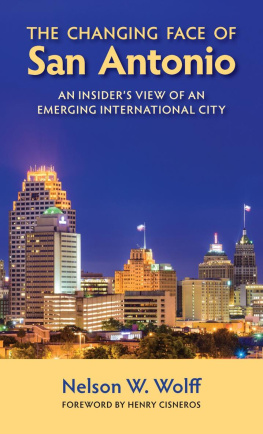
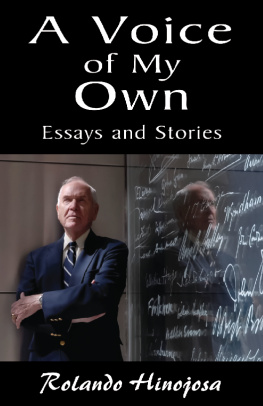

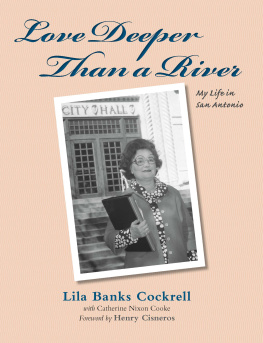
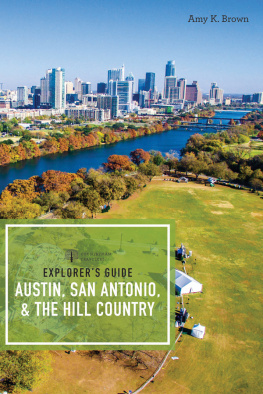
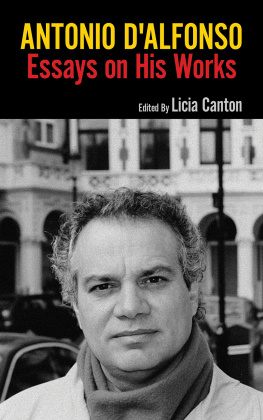
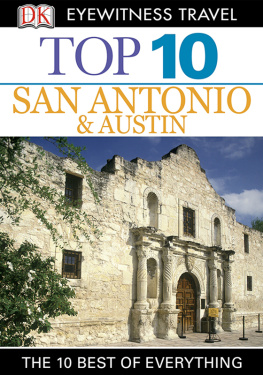

 The paper used in this publication meets the minimum requirements of the American National Standard for Information SciencesPermanence of Paper for Printed Library Materials, ANSI Z39.48-1992.
The paper used in this publication meets the minimum requirements of the American National Standard for Information SciencesPermanence of Paper for Printed Library Materials, ANSI Z39.48-1992.